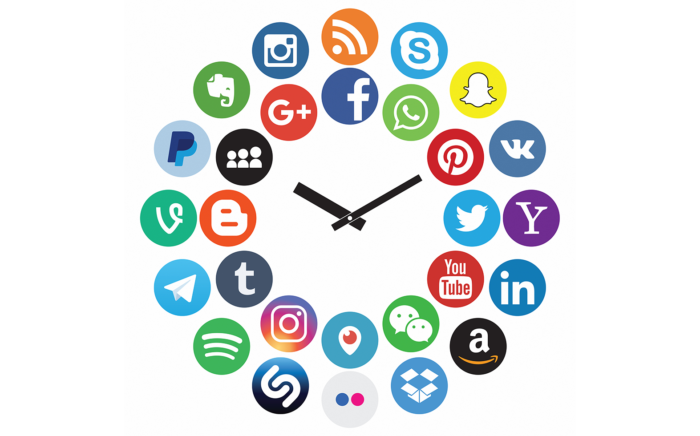User Experience (UX) in Web Design
- Definition and Overview
- Ever swiped left or tapped on a catchy button? That’s UX at work. User Experience, or UX, refers to a user’s overall experience when interacting with a website or digital product. It’s the difference between a swift, pleasurable site visit and a frustrating one that makes you want to pull your hair out.
- Components of UX Design
- UX isn’t just about fancy graphics. It covers the usability, accessibility, and overall delight delivered by a site. It’s a blend of intuitive navigation, fast load times, and pleasing aesthetics.
History of UX in Web Design
- Remember the early 2000s websites? Cluttered, slow, and not at all mobile-friendly. As tech evolved, so did our expectations. Web design had to evolve, putting the user’s experience at the forefront.
Why UX is Fundamental
- The Digital Age
- We live in a world where our phones are practically an extension of ourselves. Bad UX? It’s like wearing shoes two sizes too small. Painful and completely avoidable.
- Brand Image and Reputation
- Would you trust a company with a shoddy website? Good UX isn’t just about aesthetics; it reflects a brand’s professionalism and credibility.
The Relationship Between UX and SEO
- A well-optimized website isn’t just about keywords. If users love your site, search engines will too. Good UX design can lead to longer site visits, lower bounce rates, and higher rankings.
Benefits of Good UX Design
- Enhanced User Satisfaction
- A smooth, intuitive website creates happy users who are more likely to return.
- Increased Conversion Rates
- Good UX design can turn casual visitors into loyal customers.
- Improved Website Accessibility
- UX includes ensuring everyone, regardless of ability, can access and navigate your site with ease.
Common Pitfalls in UX Design
- Overloading users with information, not optimizing for mobile devices, and ignoring user feedback are just a few missteps in the vast world of UX.
- Mobile Responsiveness
- In an era where smartphones rule, if your website isn’t mobile-friendly, you’re losing out big time.
- Simplicity is Key
- A clean, uncluttered design often works best. Why complicate when you can simplify?
- User Testing and Feedback
- Your users can offer invaluable insights. Listen to them.
Future of UX in Web Design
- As technology grows, UX will become even more crucial. With the rise of virtual reality, AI, and other technologies, the scope and importance of UX will only expand.
Conclusion
- A website is more than just a digital presence. It’s a brand’s virtual persona, its handshake to the world. And a good handshake – or in this case, a good UX – leaves a lasting impression. When it comes to web design, never underestimate the power of a good user experience.
FAQs
- What exactly is UX design?
- It’s designing a product or website with the user’s overall experience in mind.
- How does UX differ from UI?
- While UX focuses on the overall feel of the experience, UI, or User Interface, deals with the look and layout.
- Can I ignore UX if my website looks good?
- A good looking site doesn’t guarantee a good user experience. It’s vital to balance aesthetics with functionality.
- Why is mobile responsiveness so crucial in UX?
- With a significant chunk of users browsing on mobile devices, a non-responsive site can deter potential visitors.
- How often should I update my site’s UX?
- Regularly. As technology and user preferences change, so should your UX design.




